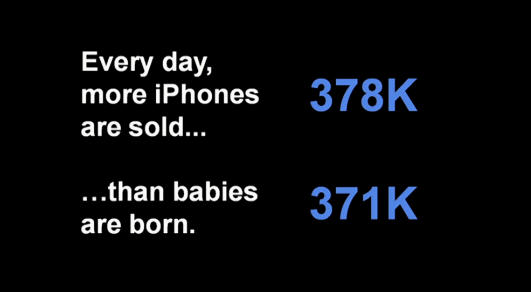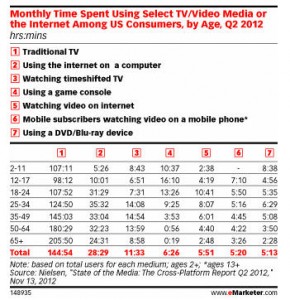Here is a story about a new game that may has contributed to WhatsApp’s recent record figure of 27bn processed messages (tweet from 12th June 2013; 10bn messages sent and 17bn messages received within 24 hours) – another milestone in the history of a great mobile disruptor, if not currently the greatest. Another amazing figure is the average number of sent messages per day per active user which is at about 50 messages. Based on 10bn sent messages per day and about 200m active users (April 2013). Equals up to 50 messages per day per active user. Now back to the game story.
Some people can’t get enough of each other. Especially at the beginning of amorous feelings, when two are getting eager to know each other closer and start to develop stronger feelings. Right in this setting, a new act has become very popular among WhatsApp users.
The game is called CMIYC – catch me if you can. The rules are contagious. The foundation of the game is WhatsApp’s helpful status display of “Last seen at…” or even “online”. This exactly is the starting point of the new hpye.
The game kicks off with a mutual agreement: Two people (lovers or soon-to-be lovers) agree to try to hit the same online time in Whatsapp – without agreeing on any specific online time – and inform each other when they had a ‘near miss’ whenever during the day. This pact is a carte blanche to contact each other rather often. But that is precisely what they want at that moment of the ‘new thing’.
So when person A is at 9:15pm in Whatsapp online, and person B is at 9:20pm in Whatsapp online and is checking on him/her by looking at his/her account, person B is allowed to send a teasing acronym message like ‘5m’ to person A. Meaning that they just missed the event of being online in WhatsApp at the same time by 5 minutes. It is obviously that from that message on, normally a further conversation starts. And it also is rather obvious that one does that only if the near miss is kind of smaller than 15-20 minutes. This subset of rules, again, makes the two ‘players’ going even more often online in WhatsApp to be able to virtually meet each other.
When both hit the same online time, and that’s the aim of the game, they write ‘hit’ to each other, like ‘hit by cupid’s arrow’, a new way to say ‘yes, you are very welcomed in my life.’
The only question that remains is: When will WhatsApp be hit by an acquirer?

